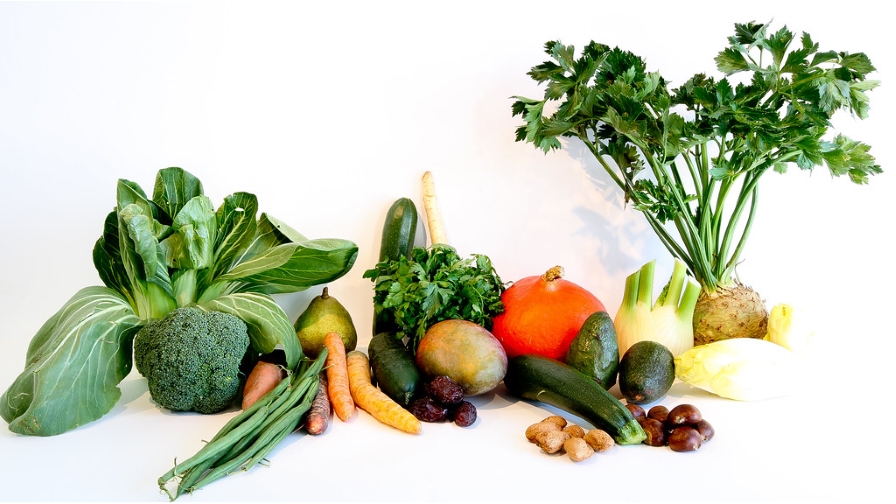USDA Forecasts Strong Year for Vegetables
 USDA predicts vegetable producers will have a good year in its recently released Vegetables and Pulses Outlook report.
USDA predicts vegetable producers will have a good year in its recently released Vegetables and Pulses Outlook report.
In one section of the 45-page report, it makes several forecasts for U.S. vegetables. Here’s a quick overview.
- Acres Harvested. The number of fresh vegetable acres harvested in 2019 will rebound from 2018’s historic low, rising to 1,552,000 acres from 1,163,000. Processed vegetables will also see a rebound, but a very small one. USDA predicts growers will harvest about 1,190,000 of vegetables bound for processing, compared with 2018’s 1,163,000 acres harvested.
- Production. The amount of harvested fresh vegetables in cwt will also rise, from 359 cwt to 385 cwt. Processing vegetables are forecasted to be slightly lower than 2018 (from 357 cwt to 354 cwt).
- Crop Value. Crop values and production often follow the numbers for acres harvested, so it’s no surprise the fresh vegetable industry will see a rebound in value from 2018. It will still fall short of 2017’s levels, however. In 2017, fresh vegetables hit a peak of close to $12 billion. That fell to $10.1 billion last year and it’s expected to grow to $10.9 billion.
Processing vegetables will likely remain flat, USDA predicts. It will rise from $1.72 billion to $1.78 billion. - Imports. Fresh vegetable imports will likely drop slightly in 2019, from $7.68 billion to $7.63 billion. Expect the a similar story in processed vegetables, where imports will drop to $2.7 billion from last year’s $2.8 billion.
- Exports. And the good news for fresh vegetables continues with exports. U.S. fresh vegetable export levels will likely rise from $2.2 billion to $2.4 billion. Processing vegetables, however, will fall off from $1.43 billion in 2018 to this year’s $1.37 billion.
One reason 2018’s fresh vegetable numbers fell so far was due to how hard the foodborne outbreaks hit leafy greens. Leafy greens is one of the largest vegetable groups and so any surges or dips it experiences tend to resonate throughout the industry.
Onions Off to a Slow Start
Not all 2019 vegetable production forecasts are so rosy. Onions are off to a slow start. USDA says now rain amounts and high temperatures in early 2019 in key onion-producing regions caused the delayed plantings.
That slow start follows a rising prices trend, which USDA says started at the end of 2018. January 2019 prices hit the highest point in eight years — $1.06 per pound. With a slow start and likely lower harvest later in the year, prices will likely stay elevated throughout 2019.










